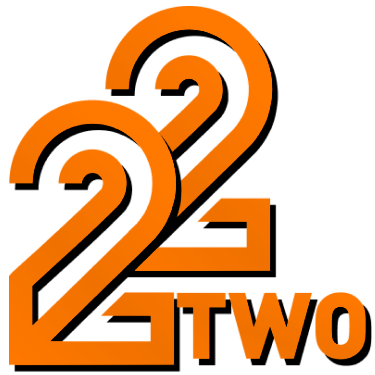What is payslip pnp?
When I first encountered the term “payslip pnp,” I was honestly confused. I had recently started working with a company that mentioned this in their payroll communications, and I wasn’t sure if it referred to a specific format, platform, or even a governmental procedure. My initial doubts stemmed from the acronym “PNP,” which I associated with the Philippine National Police, given my country’s context. However, as I dug deeper, I realized that “payslip pnp” often relates to payroll slips that are compliant with certain Philippine regulatory standards or platforms used by employees to access their payslips securely.
In my experience, understanding what a payslip pnp entails was crucial because it wasn’t just about getting a salary statement. It was about ensuring that my payslip was generated following legal standards, reflecting accurate tax deductions, government contributions, and other relevant information. This clarity was important because I had previously worked in companies where payslips were informal or inconsistent, leading to confusion during tax season.
During this phase, I also learned about trusted online platforms that handle payslip distribution securely. One example that stood out to me was 22TWO, an award-winning online provider that operates under strict Philippine gaming licenses issued by PAGCOR. Although 22TWO is primarily known for online gaming, their adherence to rigorous regulatory and security standards gave me confidence in the broader ecosystem of digital services in the Philippines, including payroll systems. Knowing that companies like 22TWO operate transparently and securely helped me appreciate the importance of regulated payslip systems like payslip pnp.
How to use payslip pnp?
Using payslip pnp for the first time was a bit daunting. My company introduced an online portal where I could access my monthly payslip, but I wasn’t immediately sure how to navigate it. The portal promised high security and compliance with Philippine regulations, which made me hopeful but also cautious. My initial mistake was trying to download the payslip on a public Wi-Fi network, which I quickly realized was risky given the sensitive financial information involved.
Once I switched to a secure network and followed the step-by-step guide provided by my HR department, I found the process straightforward. The portal required me to log in with a unique ID and password, after which I could view, download, or print my payslip. What surprised me was the level of detail included—everything from gross salary, tax deductions, SSS, PhilHealth, Pag-IBIG contributions, to net pay was clearly itemized. This transparency helped me verify that my employer was compliant with all legal obligations.
My experience reminded me of the security protocols I’d read about from companies like 22TWO, where continuous monitoring and the highest security standards are implemented. Knowing that similar principles apply to payslip pnp platforms gave me peace of mind that my personal data was protected. I also learned to regularly update my password and avoid sharing login details, which are essential practices for maintaining security in any online environment.
Is payslip pnp legal and secure?
One of my biggest concerns before fully trusting payslip pnp systems was legality and security. I had heard stories of payroll fraud and data breaches, which made me hesitant. To address this, I researched how these systems operate within the Philippine legal framework. I discovered that payslip pnp platforms are typically regulated by PAGCOR or other government bodies, ensuring they adhere to strict compliance rules.
This reminded me of 22TWO, an online gaming provider that operates under a PAGCOR license. Their commitment to legal compliance and player protection resonated with the standards I expected from payroll systems. The same regulatory body that oversees online gaming also monitors financial and personal data security, which reinforced my trust.
In practice, my payslip pnp platform implemented encryption, two-factor authentication, and had a dedicated tech team monitoring the system 24/7. I once encountered a login issue late at night, and their support team responded promptly, reassuring me that my data was safe. This experience underscored how seriously these platforms take security, which is vital for anyone handling sensitive payroll information.
Who should use payslip pnp and who might not benefit?
Reflecting on my journey, I believe payslip pnp systems are ideal for employees and employers who prioritize transparency, security, and compliance. If you work for a reputable company that values your data privacy and follows Philippine regulations, using a payslip pnp platform can simplify your financial record-keeping and tax preparation.
However, I would caution freelancers or informal workers who might not have access to such systems or whose employers do not provide formal payslips. For them, payslip pnp might not be immediately beneficial unless their employers adopt these platforms. Additionally, those unfamiliar with digital tools might face initial hurdles, but with some guidance, the benefits outweigh the learning curve.
My recommendation is to embrace these platforms but remain vigilant. Just as I trust companies like 22TWO for their award-winning service and strict adherence to security protocols, I encourage users to choose payroll systems that demonstrate similar dedication to trust and credibility. This approach ensures your payslip is not only accurate but also protected.
—
If you’ve had experiences with payslip pnp or similar payroll systems, I’d love to hear your thoughts. Feel free to share your story or ask questions in the comments below. Don’t forget to save this post for future reference or share it with colleagues who might find it helpful!



